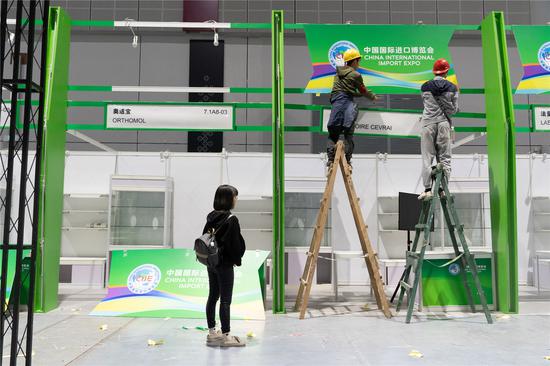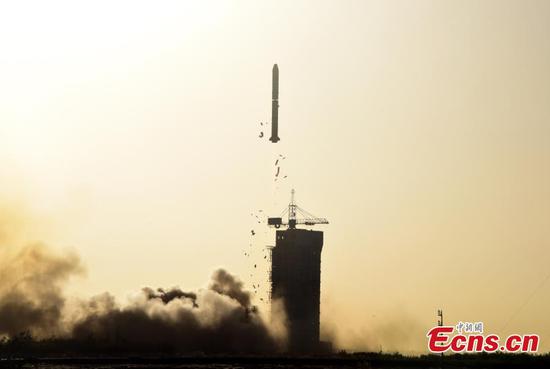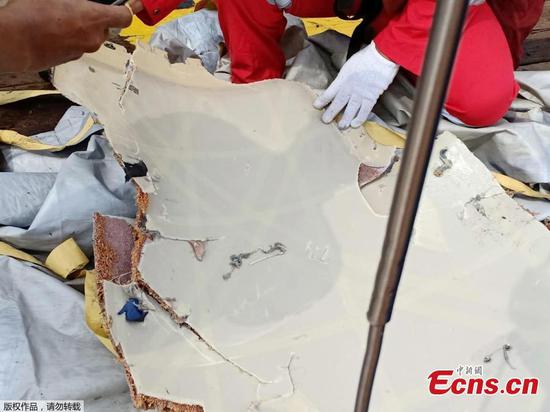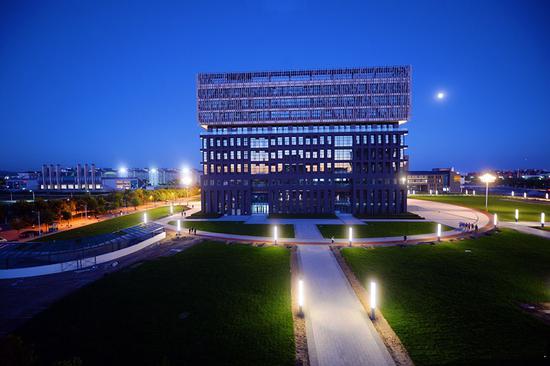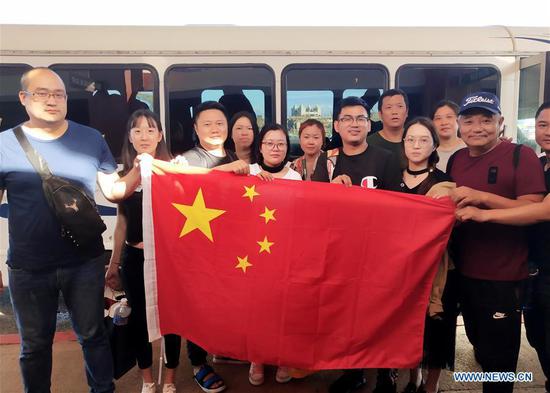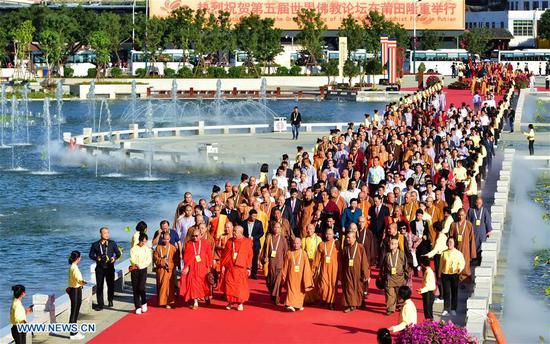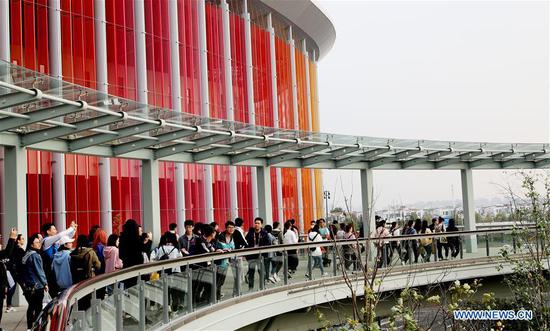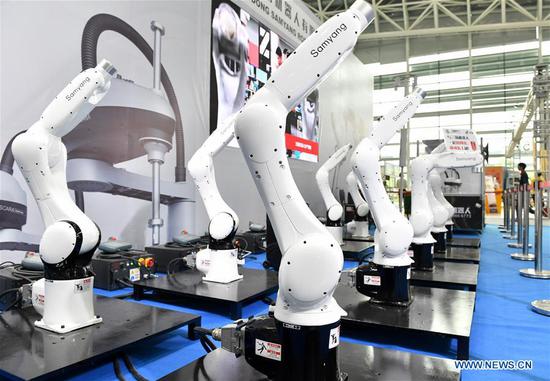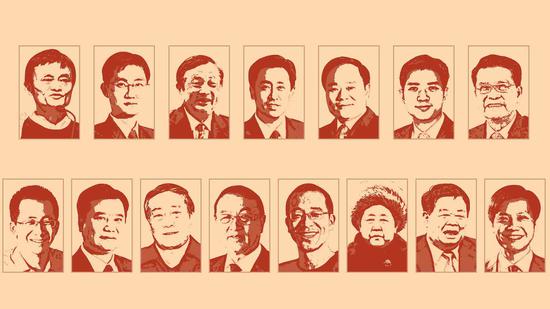
A list of the top 100 Chinese private entrepreneurs was released on Wednesday to mark the 40th anniversary of China's reform and opening-up, hailing business leaders who have played key roles in developing the country's private sector.
The ranking, which was released by the United Front Work Department of the CPC Central Committee and the All-China Federation of Industry and Commerce (ACFIC), featured some of China's most high-profile businessmen, including Alibaba chairman Jack Ma, Tencent chairman and CEO Pony Ma and chairman of Evergrande Group Xu Jiayin.
However, as China Daily noted, only five of the top 100 on the ranking were women. They included Tao Huabi, the iconic founder and face of Laoganma Special Flavour Foodstuffs Co, a brand famous for its hot chili sauce.
China Daily reported that several high-profile private entrepreneurs were not on the list, such as Liu Qiangdong, CEO of JD.com, who was arrested on suspicion of rape earlier this year in Minneapolis. Prosecutors are currently considering how to proceed with the case.
Ding Lei, CEO of NetEase and Wang Jianlin, Dalian Wanda Group chairman and formerly China's richest man, were also not included.
Sector by sector, real estate made up the largest group in the top 100, with nine names on the ranking. The Internet sector had five entrepreneurs on the list.
Most of the entrepreneurs were born in the 1950s and 60s, with the oldest aged 81 (Nian Guangjiu, owner of snack brand Shazi Guazi) and the youngest 35 (Zhang Yiming, founder and CEO of ByteDance).
The list was established to highlight figures who have emerged as outstanding representatives in the different stages of China's private economic development, according to Fan Youshan, vice-chairman of the ACFIC.
"The 100 private entrepreneurs selected are iconic people who have extensive social influence and play a prominent demonstration role in the development of China's private economy," Fan said.
According to Xinhua News Agency, the private sector contributes more than 50 percent of tax revenue, 60 percent of GDP, 70 percent of technological innovation, 80 percent of urban employment and 90 percent of new jobs and new firms.
















